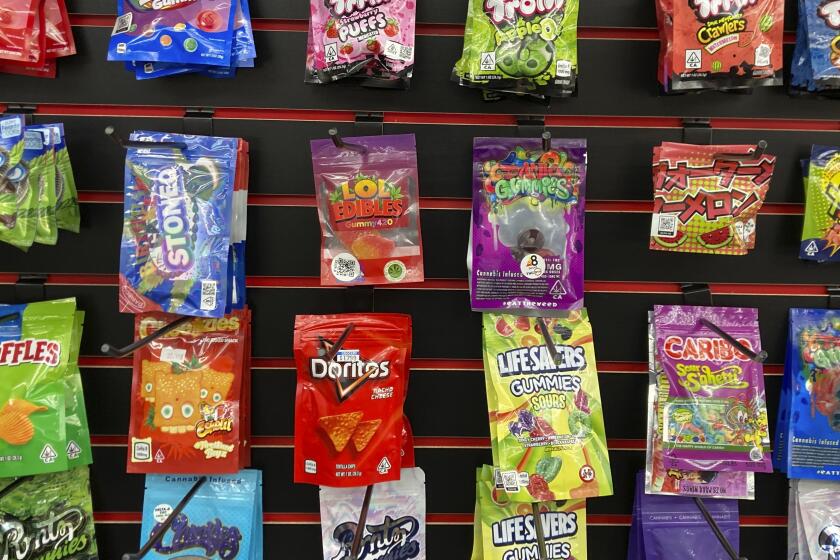Paper Industry Plans to Recycle More Material
NEW YORK — Send us better scrap, the paper industry’s major trade group said Wednesday in announcing plans to increase the recycled content of newsprint, corrugated boxes and writing paper.
State and municipal efforts to increase paper recycling are sometimes coming up short, when they can’t get rid of the waste paper they collect because the scrap doesn’t meet standards, officials of the American Paper Institute said.
Group officials urged businesses and governments to make sure they had a purchaser lined up before beginning an extensive collection program and to separate grades of paper so the scrap is usable.
“Quality recycled paper will always find a market,” Red Cavaney, president of the New York-based institute, said in an interview.
The appeal came as the institute issued its 32nd annual capacity survey.
Confirmed expansion plans should add 8.63 million tons of annual production capacity in paper and paperboard through 1992, the institute said.
That increase should maintain the U.S. industry’s share of world capacity at the 30% it now holds, according to the survey.
The paper industry continues to make strong profits because of the nation’s continued economic expansion, overseas demand and the increase in international trade, which brings about increased need for packaging.
Annual profits of the 27 public paper companies that the institute tracks are running about even with last year’s record $8 billion and amount to about 7% of sales, a historic high, paper institute officials said.
Demand for paper products closely follows the economy, and institute officials said paper companies were braced for the possibility of an economic slowdown in 1990.
The institute also said waste paper is growing in importance, both for export and domestic use. In 1992, waste paper is expected to account for 27.2% of the materials for paper and paperboard production, up from 25.4% this year.
The problem of inferior scrap paper is not so bad with newsprint, where recent advances in technology have made it easier to produce high-quality newspapers with 100% recycled fibers, officials said.
The biggest limit on producing new newspapers from old ones is the delay in building de-inking facilities and mills that can take advantage of the technological advances, said James Hutchison, vice president of the paper group.
Some newsprint collected in new mandatory recycling programs has had to be buried because it was unusable, but Cavaney said “most of the good stuff can find a home.”
Besides new newspapers, scrap can be made into tissue or boxes, exported, shredded for animal bedding or mulched for laying grass seed along the sides of highways.
A bigger problem is in recycling printing and writing paper because the quality of the recycled product has to be high and the amount of contamination is great.
Contaminants include windows in envelopes, the sticky material on the back of postable notes and paper that is printed with laser printers, Cavaney said. He said the ink from laser printers cannot be removed with current technology, so it spoils whole batches of recycled paper.
More to Read
Inside the business of entertainment
The Wide Shot brings you news, analysis and insights on everything from streaming wars to production — and what it all means for the future.
You may occasionally receive promotional content from the Los Angeles Times.










